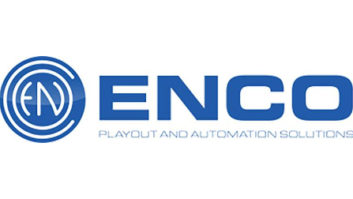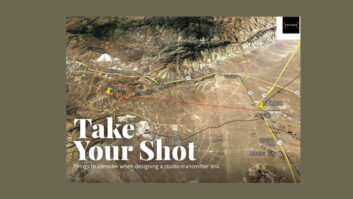As “new media” continue to proliferate, traditional radio broadcasting faces new competitive challenges.
When you see a young person with ear buds in his ears, chances are that he’s not listening to an AM or FM radio station. Even automobile radios come equipped with auxiliary inputs these days so that users can plug in their MP3 players. Similar competition is increasing from other sources such as satellite radio, Internet streams and MusicPhones.
This will only increase as these devices and their underlying infrastructures proliferate.
Does terrestrial radio have a choice other than to watch its market share and revenues erode? We believe that there is a choice, to either sit in the driver’s seat or sit back and let someone else do the driving.
If we are to have any say in the future of our business, we have to make our program offerings different and better and we must maximize the listener experience. Addressing these issues involves identifying the positives as well as the irritation factors. We must then build on the positives and find fixes for the irritants.
We can begin by asking some specific questions with regard to each of our stations:
- Have we made sound quality of our terrestrial station as good as it can be?
- Is the signal all it should be within the confines of the allocation? Are there interference or coverage issues that we can address?
- If the station is digital, are the digital and analog audio properly time and level aligned?
- If the station is not digital, is the time right to convert it to digital?
- Is the title/artist information on the RDS and/or PAD displaying properly? Is it properly synched with the audio?
- Is the Internet stream working right? Does it sound good?
Problems in these areas degrade the listener experience, whether over the air or via the Internet. Likewise, when these things are working right, they are factors that can attract and hold listeners.
It’s no secret that in the over-the-air world, the stations with good coverage and good audio tend to get the listeners. In the streaming world, high-quality, well-processed radio station streams that employ a high data rate and are delivered from high-bandwidth servers will attract and hold listeners much more effectively than over- or under-processed streams offered at a low data rate with inadequate originating server bandwidth. It’s not rocket science.
Terrestrial radio can no longer assume that the listeners will be there. Those listeners have many choices, and terrestrial radio is just one of them. We are going to have to work harder than ever to be different and better and to provide the features and quality that listeners demand. Everything within our control should be examined and tweaked for best performance.
The alternative is to assume the role of a passenger and see where things take us. If we do that, chances are, we won’t much like the destination.
— RW












